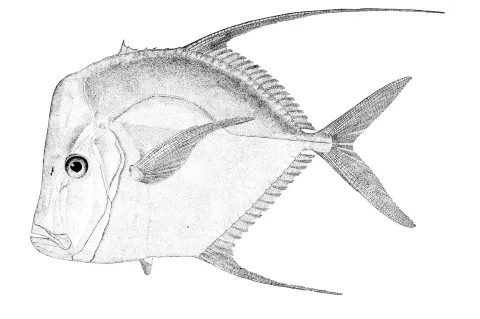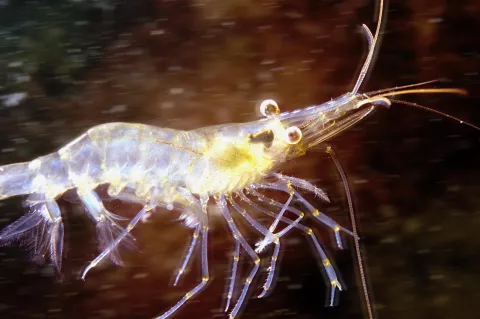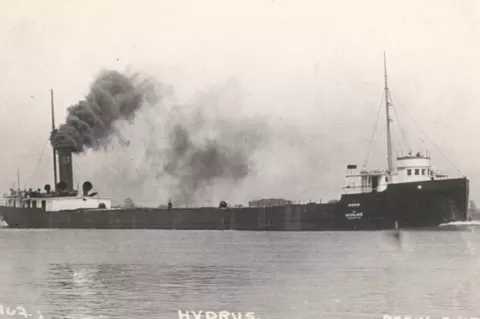Fish camouflage themselves by manipulating light reflections
The researchers found that lookdown fish camouflage themselves through a complex manipulation of polarized light after it strikes the fish's skin. In laboratory studies, they showed that this kind of camouflage outperforms by up to 80 per cent the "mirror" strategy that was previously thought to be state-of-the-art in fish camouflage.
The open ocean represents a challenging environment for camouflage,There are no objects to hide behind in three-dimensional space, so organisms have to find a way to blend in to the water itself.





